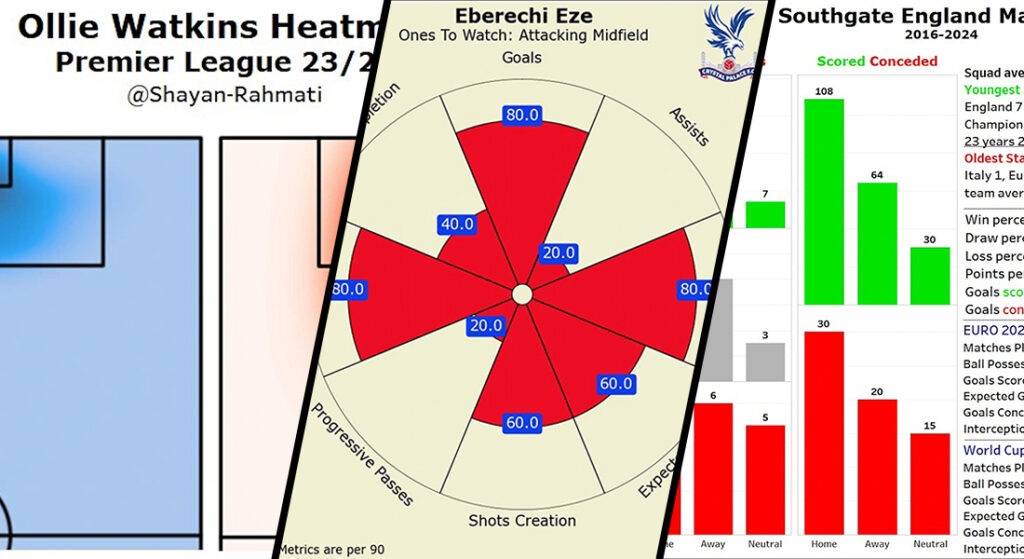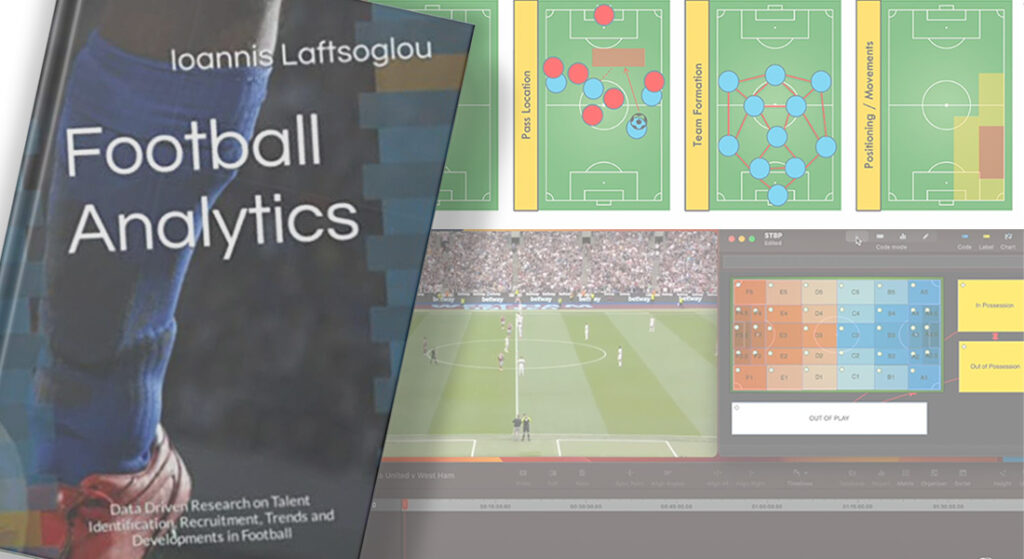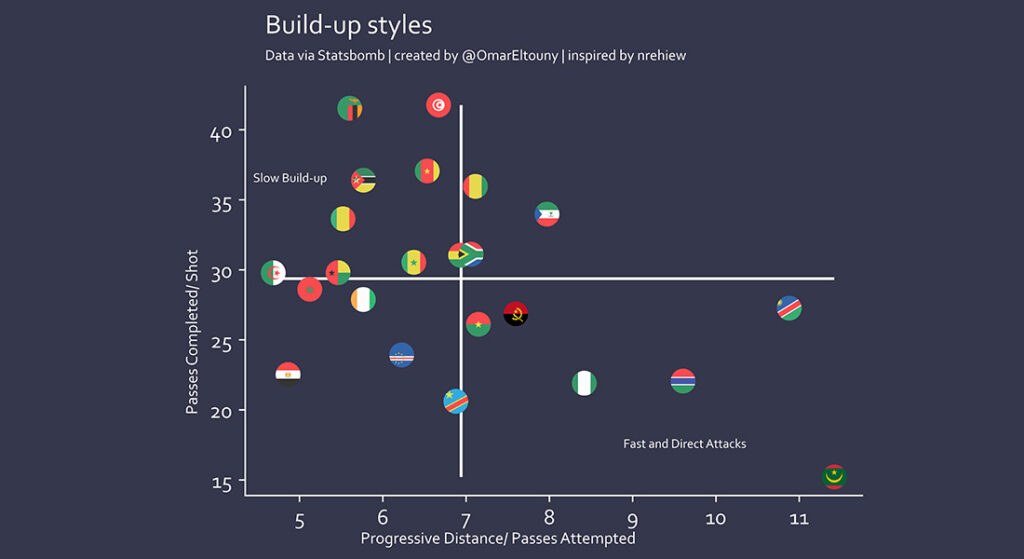Ajax, the famed Dutch footballing powerhouse, has been the epitome of success in its history. Renowned for their attacking prowess, youthful exuberance, and distinctive footballing philosophy, Ajax has been a beacon of hope for clubs aspiring to combine tradition and innovation on the pitch. However, the current football season reveals a challenging narrative for the “Godenzonen”, the sons of the gods, as they seek to rekindle their past glory.
In this data-driven analysis, we’ll delve deep into the intricacies of Ajax’s performance, comparing it to their golden days and identifying potential areas of improvement. We’ll explore the key aspects of their game, including attacking, defensive, and overall strategic performance
Attack: Where Has the Ajax Magic Gone?
In the realm of football, Ajax has long been celebrated for their free-flowing, attacking football. The club’s triumphant 2018-2019 season, which saw them conquer the Eredivisie and make an inspiring run to the UEFA Champions League semi-finals, showcased their attacking prowess. During that campaign, Ajax scored a staggering 119 goals in the league, averaging 3.5 goals per game.
Contrast this with the current season, and the numbers paint a different picture. After nine matches, Ajax has found the net only 15 times, at an average of 1.67 goals per game. This dip in attacking efficiency is a clear departure from their historical strengths.
To shed more light on this decline, we can turn to additional statistics. Expected Goals (xG) is a critical metric that quantifies the quality of scoring opportunities. This season, Ajax’s xG per game stands at 1.89, which is not far from their actual goals scored. In comparison, during the 2018-2019 season, their xG per game was 2.54, indicating that they created higher-quality chances.
To truly grasp the extent of Ajax’s current challenges below is a comparison to their peak in the last 5 seasons to their current attacking threat.
| Aspect | 2018-2019 | 2023-2024 |
|---|---|---|
| Matches Played | 34 | 9 |
| Goals Scored | 119 | 15 |
| Goals Conceded | 32 | 21 |
| Goals/Game | 3.09 | 1.67 |
| Goals Against/Game | 0.94 | 2.33 |
| xG/Game | 2.54 | 1.89 |
Defensive Vulnerability: The Achilles’ Heel
In their triumphant 2021-2022 season, Ajax conceded a mere 19 goals across 34 league matches, a testament to their defensive discipline and organisation. This is the lowest in the league in the last 5 years which has seen them finish with:
| Season | Pos. | MP | W | D | L | GF | GA | GD | Pts |
|---|---|---|---|---|---|---|---|---|---|
| 23/24 | 15 | 9 | 2 | 2 | 5 | 15 | 21 | -6 | 8 |
| 22/23 | 3 | 34 | 20 | 9 | 5 | 86 | 38 | 48 | 69 |
| 21/22 | 1 | 34 | 26 | 5 | 3 | 98 | 19 | 79 | 83 |
| 20/21 | 1 | 34 | 28 | 4 | 2 | 102 | 23 | 79 | 88 |
| 19/20 | 1 | 25 | 18 | 2 | 5 | 68 | 23 | 45 | 56 |
| 18/19 | 1 | 34 | 28 | 2 | 4 | 119 | 32 | 87 | 86 |
However, this season’s defensive record is considerably worse. In the nine matches played, Ajax has already allowed 21 goals. Their goals-against average stands at 2.33 per game, almost double that of most of their title-winning seasons. This decline in defensive solidity is one of the key factors undermining their campaign.
Data-Informed Strategies for Improvement
To revive their fortunes, Ajax must embark on a journey of data-informed transformation. Here are the steps they should consider:
- Defensive Reinforcement:
Ajax must focus on solidifying their defence, a task that begins with analysing the data to identify the root causes of their vulnerability. By studying their opponents’ attacking patterns and their own defensive lapses, they can make targeted adjustments to their defensive strategy. Signing or promoting players who excel in defensive duties would also be a wise move.
- Improved Chance Creation:
Ajax’s attacking performance can be revitalised through more efficient chance creation. Data can help the club understand where their attacking movements fall short and what type of chances they excel at creating. An emphasis on creating high-quality scoring opportunities can significantly improve their offensive output.
- Transition Game:
Another area for improvement is their ability to transition quickly from defence to attack. Studying data on the speed and accuracy of these transitions can help Ajax become more lethal on the counterattack.
- High Press and Possession:
The Dutch footballing philosophy traditionally revolves around high pressing and possession-based play. By utilising data to fine-tune their pressing triggers and maintaining better ball control, Ajax can regain the upper hand in matches.
Conclusion
Ajax Amsterdam’s current struggles are a reminder of the ever-changing nature of football. Their data-driven journey towards improvement requires a careful analysis of both their current season’s performance and a comparison with their triumphant past. Data informs their path forward by revealing specific areas that demand attention and adjustment, that can enable the “Godenzonen” to regain their place at the summit of Dutch and European football.
Community Author

Written by Tomas G.
Football Data Analyst Student









